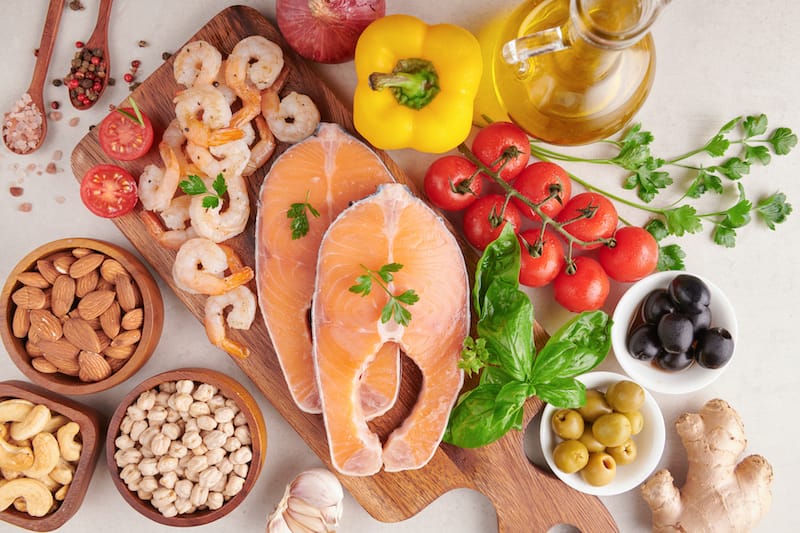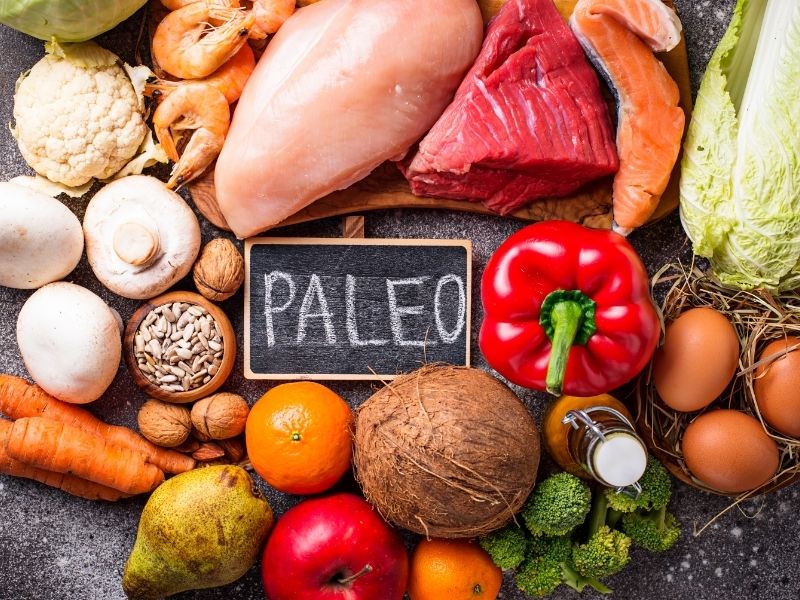Indeed, watermelon can add a reddish appearance to your poop when not 100% digested. While this may not be much to be concerned about, you should show restraint when other side-effects of overeating watermelon, like diarrhea, start to show up. Various other fruits like avocadoes and blueberries can impact your stool color too. However, if this ‘color’ results from bleeding, it might be time to look at other possibilities like peptic ulcers and hemorrhoids. The best diet for you to try out to ensure healthy poop is the Mediterranean diet, among others.
Sinking your teeth into those fresh watermelon slices on an exceptionally hot day is almost therapeutic for us all.
Maybe you’ve noticed that every time you satiate your watermelon cravings, it creates an after-effect on your poop.
This is a very natural process that isn’t simply limited to watermelons but can be observed when eating many fruits and vegetables.
Even foods with artificial coloring can give this effect to your poop.
In fact, in this day and age, there are even glitter pill businesses purely set up to make your poop sparkle!
Why does watermelon make your poop red? Are there side effects to overeating watermelon? What other foods can affect the color of your stool? Can the red color in your poop mean blood? What are the best diets out there for healthy bowel movements?
Can watermelon make your poop red and why?
If you notice red stool after having a few slices of watermelon, you may be startled at first.
But with a quick and simple google search, you’ll find out that this color is barely anything to worry about.
And yes! there’s an entirely logical scientific explanation for this.
The squishy watermelon pulps can sometimes slide through your stomach and intestines without getting much involved in the digestion process.
So, this will in turn add a blotchy reddish look to your poop that may appear as blood at first glance.
Reddish-poop caused by watermelon is mostly only common among babies and children.
The reason for this is that the intestines of younger children may not be as developed in comparison to adults, making it difficult to break down the food.
However, adults too can be prone to this occurrence if they’ve eaten a lot of slices of watermelon within a short time period.
Side-effects of eating too much watermelon
On the chances that you’re a fully grown adult experiencing red poop after a few slices of watermelon, you can take this color as a sign to press pause on your watermelon intake for a while.
Although the color of your poop may not be much to worry about, too much watermelon can also cause more serious adverse effects.
1. Diarrhea
While watermelon is one of the best remedies for digestive problems like constipation, too much of it can cause the absolute opposite, or in other terms, diarrhea.
Components of watermelon like sorbitol and lycopene, both with its watery and fibrous nature, can aggravate flatulence, bloating, and loose stools.
2. Blood sugar levels
You can note a spike in blood sugar levels given that watermelon has a high glycemic index of 74, according to the US National Library of Medicine.
You should take extra precautions and stay away from watermelons, especially if you have diabetes.
3. Overhydration
By sinking your teeth into that fresh slice of watermelon, you can quench your thirst since its water percentage is a whopping 92%.
But if there’s too much water intake, with less excretion, your legs may swell, and your kidneys might weaken. It can also minimize sodium levels in your body.
4. Potassium supply
There’s no doubt that the rich supply of potassium from watermelons positively impacts cardiovascular diseases, as shown by a 2019 study.
However, consuming too much potassium can also pave the way for complications like irregular heartbeats and weak pulse rates.
So, it’s safe to say that it’s not just the color of your poop that you should be concerned about if you’re a watermelon lover.
Do other foods too affect the color of your poop?
While we’re on the subject of red poop, you may be curious about different fruits and food varieties that can impact the color of your stool.
The following table will help you easily understand various stool colors and their culprits.
| Red stool | Black stool | Green stool | Yellow stool |
|---|---|---|---|
| Watermelon | Black licorice | Herbs like parsley, cilantro | Sweet potatoes |
| Tomato juice | Blood sausage | Jalapeno | Turmeric |
| Bell peppers | Iron pills | Avocadoes | Carrots |
| Beetroot | Blueberries | Powdered green tea | A diet high in fat or gluten |
| Chorizo | Medicine which includes bismuth | Veggies like broccoli, spinach, kale, zucchini | Foods that are composed of yellow food coloring. |
Now that we’ve got a basic understanding of the foods that can cause our colorful poop, it’s about time to learn what actual bloody stools could mean.
What can blood in your stool mean?

Bloody stool is a relatively far more serious problem than red poop.
It means that a certain location in your digestive tract is bleeding due to medical conditions.
You can narrow down the exact cause for the blood by getting a fecal occult test:
- Peptic ulcers – This is an open sore along your stomach lining. Bacterial infections are the main cause of such ulcers, while strong doses of medications like ibuprofen and aspirin can also trigger ulcers in the long run.
- Anal Fissures – Due to long-term constipation or diarrhea, small tears can occur along the lining of your anus, making it all the more painful when you’re passing stool.
- Hemorrhoids – This condition is triggered by the excess swelling of blood vessels alongside your anus. Once it’s fully swollen, it tends to suddenly burst and cause bleeding that comes out with your stool.
- Diverticular Disease – If you have this disease, small pouches known as ‘diverticula’ start to form on the wall of your colon. While most of the time these pouches don’t cause any complications, they can on certain occasions bleed out.
What are the best diets for your poop?
What you eat creates a direct impact on what you push out.
Healthy poop results from a well-balanced meal and if you’re facing difficulties like constipation or diarrhea during your toilet time.
Try out one of these different diets to help create healthy poop:
1. Mediterranean diet

The Mediterranean diet involves many plant-based foods like whole grains, vegetables, fruits, nuts, and seeds.
The natural fiber helps to physically train your gastrointestinal tract muscles in a way that promotes healthy stools.
By closely following this diet, you can pretty much schedule the timing of your bowel movements.
According to a 2021 study, adherence to this diet has proved a development of stool frequency and moisture among patients.
2. Paleolithic diet

The Paleolithic diet includes lean meats, fish, and vegetables that can traditionally be collected by methods of hunting and gathering.
The effect of this diet on your poop may vary according to your former diet plan.
If your Paleo diet increases your usual vegetable and fruit intake, you could be looking at healthier stool in the long run.
However, if your former diet already includes fibrous food, there’s a chance that your digestion may slow down since this diet doesn’t contain grains.
3. Vegan diet
The Vegan diet has two sides to it.
Of course, even a vegan diet can include junk food like processed carbs and sweets made of refined sugar, which leads to constipation.
But a healthy vegan diet can just be what your bowel health needs as it contains fresh vegetables, fruits, nuts, seeds, and whole grains, which all supplement healthier poop.
Conclusion
According to our general knowledge, when digested food travels through our gastrointestinal tract, they become chemically transformed by enzymes which tend to change the color of pigments from green to brown.
However, when we eat some types of foods in excess, this process can be overlooked.
So don’t be too surprised when your notice certain flecks of red in your poop after having fruits like watermelons.
Just make sure to show some restraint when you feel like your body is signaling that it’s had a bit too much, and you’ll be all good to go.


